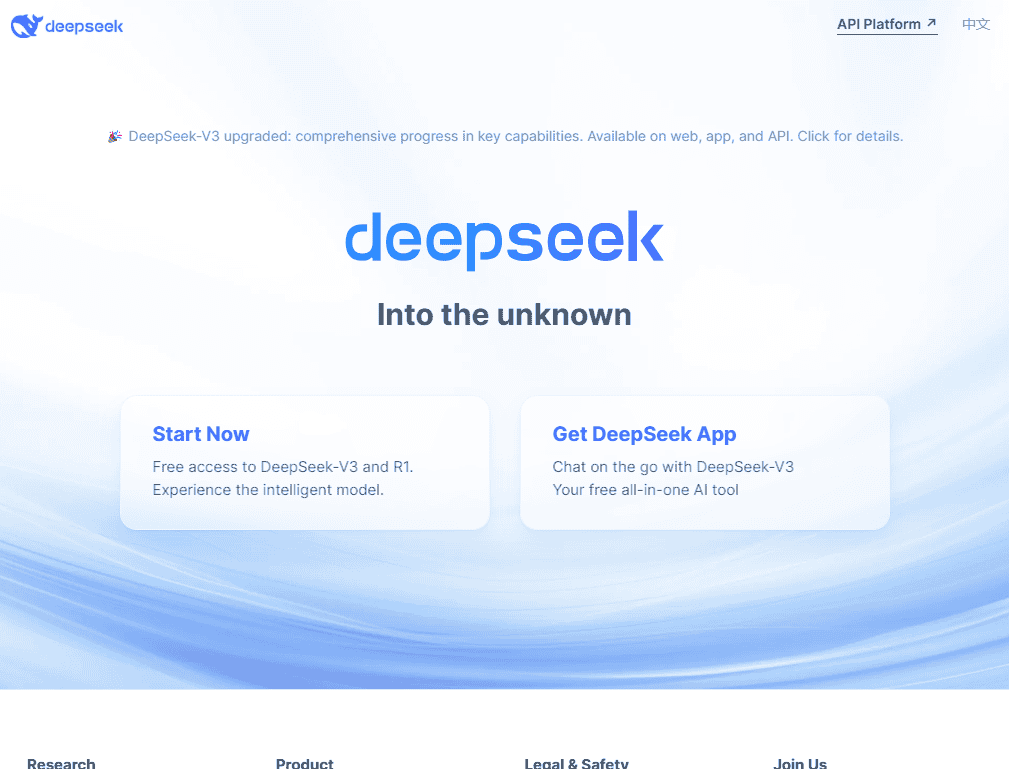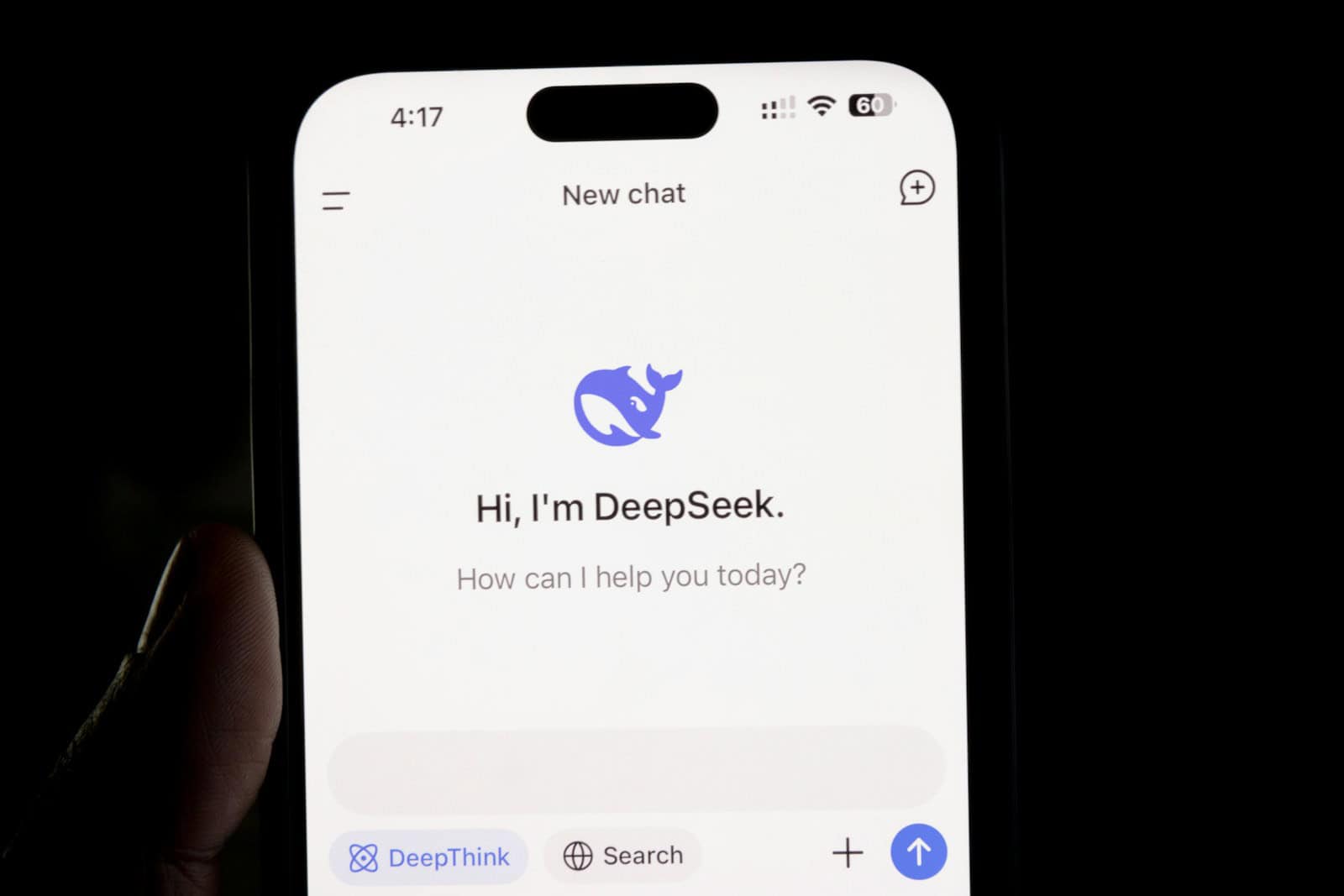The world of generative AI just witnessed a major jolt. In a surprising turn, DeepSeek—a Chinese AI lab that’s only been around since mid-2023—has reportedly overtaken OpenAI’s ChatGPT in monthly web traffic. According to new data from analytics platform aitools.xyz, DeepSeek logged around 525 million visits in February 2025, edging past ChatGPT’s 500 million. While ChatGPT still dominates in terms of global user base and total visits, the traffic trend signals that the AI battlefield is getting more competitive—and fast.
The Meteoric Rise of DeepSeek
Founded in May 2023, DeepSeek didn’t waste any time making a name for itself. Just months after launching, the company dropped DeepSeek-V3, a 671-billion-parameter language model that emphasizes reasoning, logic, and programming capabilities. Unlike ChatGPT, which is designed to be a conversational generalist, DeepSeek is carving out a niche as a more technical powerhouse, especially appealing to engineers and developers.

What’s more, DeepSeek isn’t hiding its tech behind a paywall. In a bold move, it open-sourced much of its model infrastructure—sharing weights, allowing self-hosting, and encouraging community contributions. This strategy mirrors the success of open models like Meta’s LLaMA series and Mistral, and taps into a growing sentiment among developers for transparency and customizability over black-box APIs.
Not Just a Spike—A Global Signal
Although DeepSeek’s monthly visits just passed ChatGPT’s, it’s important to clarify the bigger picture. ChatGPT still maintains a far higher total web footprint, racking up over 5.2 billion total visits monthly compared to DeepSeek’s 792 million. But in terms of new momentum, DeepSeek is the fastest-growing AI platform right now.
A big part of that traffic surge is coming from outside the U.S. India alone generated over 43 million monthly visits to DeepSeek, and broader adoption in China is likely fueling its numbers. That gives DeepSeek a major edge in regional growth, especially as AI adoption spreads into new markets where affordability and access matter more than brand recognition.
Why the Sudden Shift?
DeepSeek’s explosive growth can be pinned on several strategic factors:
- Powerful V3 Model: Its massive parameter count and reported strengths in technical disciplines like coding, algorithm generation, and data processing are attracting users who find GPT-4’s outputs occasionally too generic for such tasks.
- Open-Source and Cost-Friendly: DeepSeek’s model weights are available for download, and it offers a generous free tier—something that’s becoming increasingly rare in commercial AI. This has drawn in indie developers, hobbyists, and researchers who balk at OpenAI’s paywalls.
- Community-Led Growth: Much like the open-source wave that fueled Linux and Android, DeepSeek benefits from grassroots adoption and developer evangelism. Forums like Reddit, Hacker News, and GitHub are starting to buzz with DeepSeek-related projects.
- Strategic Market Penetration: While OpenAI has focused heavily on Western enterprise and educational integrations, DeepSeek is clearly targeting underserved regions. That’s smart positioning at a time when AI interest is going global, fast.
ChatGPT: Still the Industry Benchmark
Despite the headline shift, ChatGPT remains the heavyweight champion in most categories. With integrations across Microsoft’s ecosystem (Bing, Office, Azure), continuous GPT-4 updates, and a massive training infrastructure behind it, OpenAI’s model still defines the cutting edge for many users. It also benefits from brand trust, enterprise adoption, and a more mature ecosystem.
Plus, while DeepSeek is gaining ground in technical communities, ChatGPT still leads in general-purpose capabilities: creative writing, education, customer service, and casual conversation. It’s also worth noting that ChatGPT is multilingual, highly refined for UX, and backed by substantial commercial investment.
A Glimpse Into AI’s Next Phase
DeepSeek’s emergence is less about dethroning ChatGPT and more about a maturing AI ecosystem. The dominance of one tool is giving way to a more diverse field, where different models serve different user needs. DeepSeek, Claude (Anthropic), Gemini (Google), and open-source models like Mixtral and LLaMA are all battling for attention—not just in performance, but in openness, cost, and niche utility.
What this means for users is simple: better options. As AI toolmakers continue to innovate, differentiate, and compete, expect faster model updates, more customizable tools, and maybe even falling prices. DeepSeek’s success proves that with the right strategy, even newcomers can shake up the giants—and in doing so, reshape the future of how we use artificial intelligence.







